文学翻译中的意象转换及其策略
iiAbstractThethesisisintendedtoinvestigateimagetransformationinliterarytranslationanditsstrategies.Imageryisasubjectinbothpsychologyandliterarystudy.Simplyspeaking,imageisapictureformedinthemind.Accordingtohumansenses,imagerycanbeclassifiedintovisual,auditory,olfactory,tactileandgustatoryimages.Acco...
相关推荐
-
建筑工程投标文件范本-(格式)VIP免费
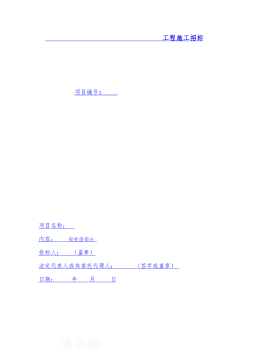
 2024-11-22 34
2024-11-22 34 -
疾病预防控制中心招标文件VIP免费
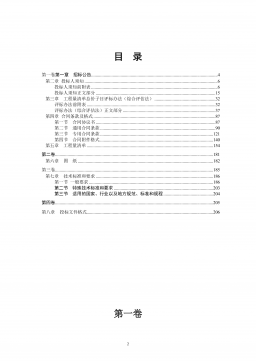
 2025-01-09 34
2025-01-09 34 -
体育健身中心施工招标文件VIP免费
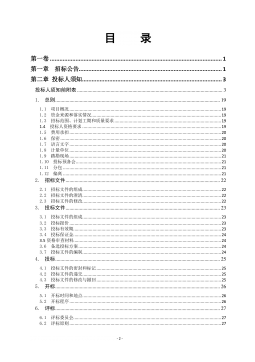
 2025-01-09 23
2025-01-09 23 -
江西丰城电厂及广东从化事故案例分析VIP免费
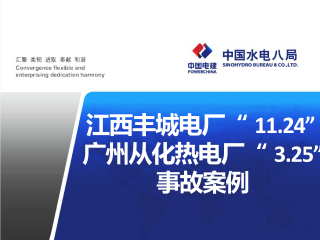
 2025-03-04 7
2025-03-04 7 -
钢结构节点图集CAD版(可编辑)VIP免费
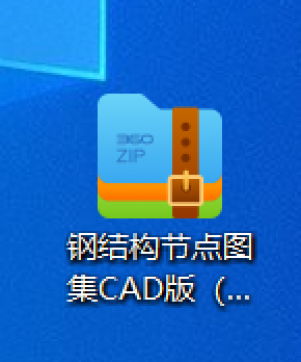
 2025-03-04 10
2025-03-04 10 -
[青岛]精品工程亮点做法图片集(130页)VIP免费
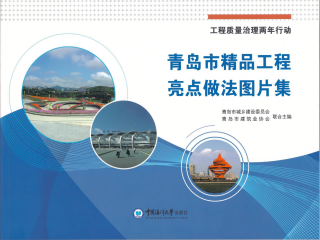
 2025-03-04 7
2025-03-04 7 -
外墙外保温工程技术规程JGJ144-2019VIP免费

 2025-03-04 9
2025-03-04 9 -
地铁停车场施工组织设计VIP免费
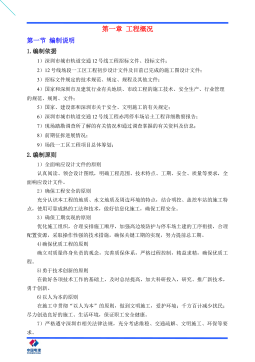
 2025-03-04 7
2025-03-04 7 -
项目建设安全管理流程图汇编VIP免费
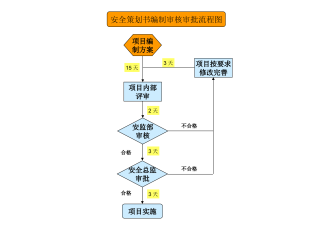
 2025-03-04 18
2025-03-04 18 -
特训班学习心得VIP免费
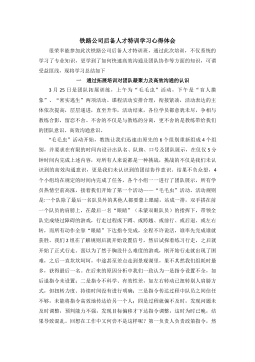
 2025-03-04 8
2025-03-04 8
作者详情
相关内容
-

[青岛]精品工程亮点做法图片集(130页)
分类:行业资料
时间:2025-03-04
标签:建筑工程、精品工程、细部节点做法、亮点做法
格式:PPT
价格:5 积分
-

外墙外保温工程技术规程JGJ144-2019
分类:行业资料
时间:2025-03-04
标签:外墙保温、工程、规范
格式:ZIP
价格:2 积分
-

地铁停车场施工组织设计
分类:行业资料
时间:2025-03-04
标签:地铁、场段、施工组织设计
格式:DOCX
价格:3 积分
-

项目建设安全管理流程图汇编
分类:行业资料
时间:2025-03-04
标签:安全管理、流程图
格式:PPT
价格:1 积分
-

特训班学习心得
分类:行业资料
时间:2025-03-04
标签:拓展培训、结构化思考、培训、心得体会
格式:DOCX
价格:1 积分






